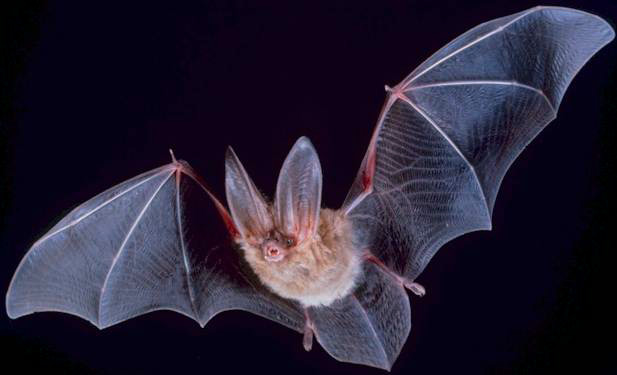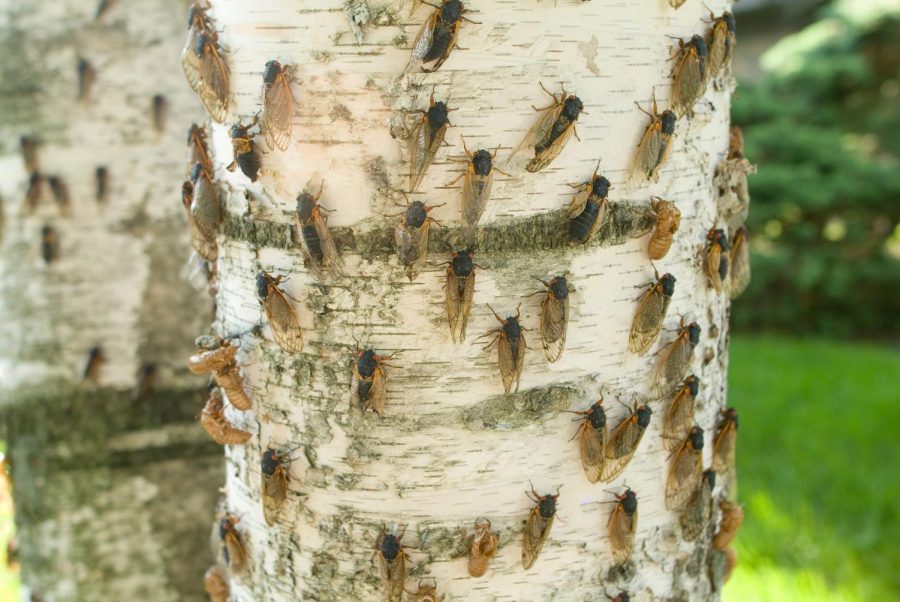Sharon Swartz delivered her Frontiers in Biology seminar entitled “Bats aren’t birds or bugs: skin, stretching, sensing, and spinning in evolution’s youngest fliers” to approximately 40 students and faculty in Winston on Feb. 18. Swartz holds joint professorships in biology and engineering at Brown University and her current research focuses on flight in bats, exploring the morphology, mechanisms and behaviors that make bat flight different from that of other animals.
MC Regan, a graduate student in the Ashley-Ross lab, described Swartz as “essentially one of the top bat researchers and a leader in her field,” adding that “it was awesome to see a super successful woman in STEM.” Swartz highlighted her interdisciplinary approach to research and made a point to credit her collaborators at the beginning of her talk, before launching into her introduction on bats and flight.
“There are four flavors of wings in the animal world,” Swartz explained.
These belong to insects, birds, extinct pterosaurs and bats. Swartz distinguishes the flapping flight used by these different groups of flying creatures from the movement of gliding animals like flying squirrels.
“To fly, fundamentally means to use wings,” she said.
Swartz pointed out that each different “flavor” or type of wing relies on a different degree of movement which the animal can directly control during flight. A typical insect wing has only one joint at the base, while the rest of the wing’s interaction with the air is a passive process. Bat wings, in contrast, are highly flexible with many joints that allow — and require — a greater degree of control on the part of the animal.
This flight control allows for a lot of natural variation between different species of bats, which have adapted to differences in habitat, diet and body size. Swartz focused on bat landing behaviors as one example of this control and variation. Bats face a unique challenge when coming in for a landing because they need to both slow their speed, as other flying creatures do, and rotate to land upside down on the cave ceilings, branches or other structures where they roost. Swartz and her team found that with their precise flight control, bats can generate enough inertia to rotate in the air without relying on the normal effects of aerodynamics during a landing.
Bats typically employ one of three landing styles: back feet only for a two-point landing, feet and one clawed “thumb” on the wing for a three-point landing or feet and both thumbs for a four-point landing. Fewer points of contact in a landing are typically associated with more axes of rotation in the air and a less forceful impact, both of which indicate increased control. The high-control two-point landing style has evolved at least twice in different groups of bats and may be related to where these bats nest, coming in to land on a hard, unforgiving cavern ceiling requires more control than landing in foliage or tree branches.
While most of Swartz’s work focuses on the physiology and mechanisms behind bat flight, she said that the movement ecology of bats — why they fly where they do and how their unique behaviors and environments shape their flight — is “always there in the backs of our minds.” Some of Swartz’s research even suggests that bats may use sensory hairs on their wings to gain information about their environment as they fly.
“Scientists should want to know how animal flight works,” Swartz said. “Flight is an extraordinarily successful mode of transport.”







